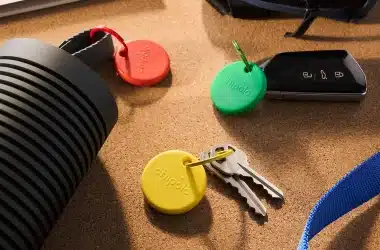The Google Home Assistant no longer requires you to say ‘Hey Google’ or ‘Ok Google’ to continue conversations with it. This makes it easier to use, but what are the implications?
Many devices have a number of quirks and requirements that most people aren’t aware of, so it would help to explain what the ‘Hey Google’ command is for. The ‘Hey Google’ command, like ‘Alexa’ tells your Home assistant to start listening for and respond to commands, so that it knows when you’re talking to it. That requirement could theoretically be used to enhance your privacy by allowing it to listen to you only if you call its name.
Another benefit of this requirement is to prevent unwanted intervention or interruptions — the assistant might mistakenly think you’re talking to it and do something that it’s not supposed to or start talking out of the blue. Without that requirement, that opens a window of opportunity for assistant manufacturers to listen to your conversations, whether or not you’re talking to the assistant. That being said, Google Home’s new continued conversations feature will illuminate the LEDs as long as you’re in a conversation with it, and it will only be active for up to 8 seconds if it doesn’t hear you say anything.
Considering that the major assistants send your commands to their servers for processing, other conversations could be sent in too. Sources have suggested that Alexa, for example, might become less of a dutiful servant, and a more ‘proactive’ one that gets a little more involved to better assist you (you have machine learning to thank for the growth of technologies like these). Devices like these can be highly useful, but you will have to give up some privacy. Will Google Home and the others do the same? Let me know in the comment section!







